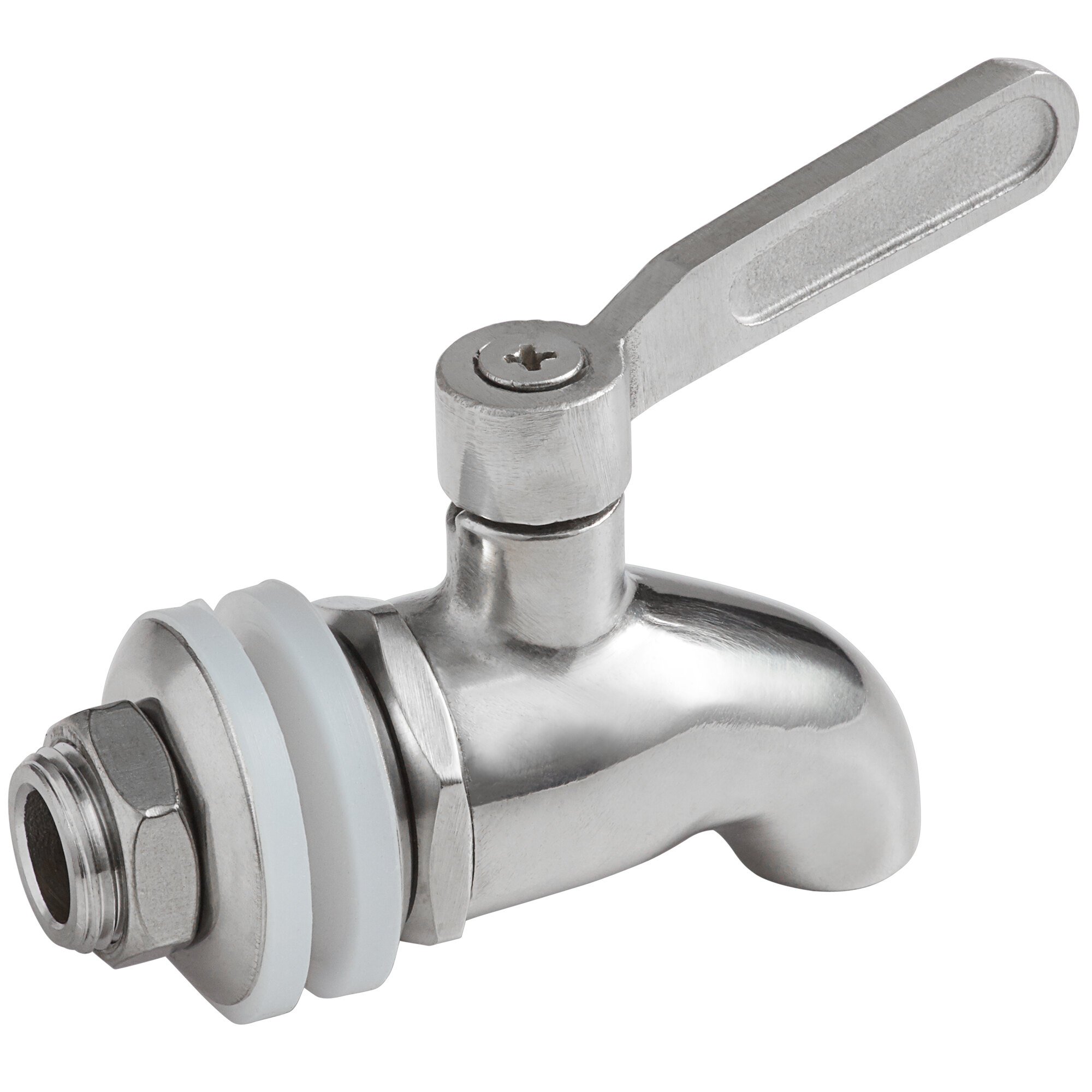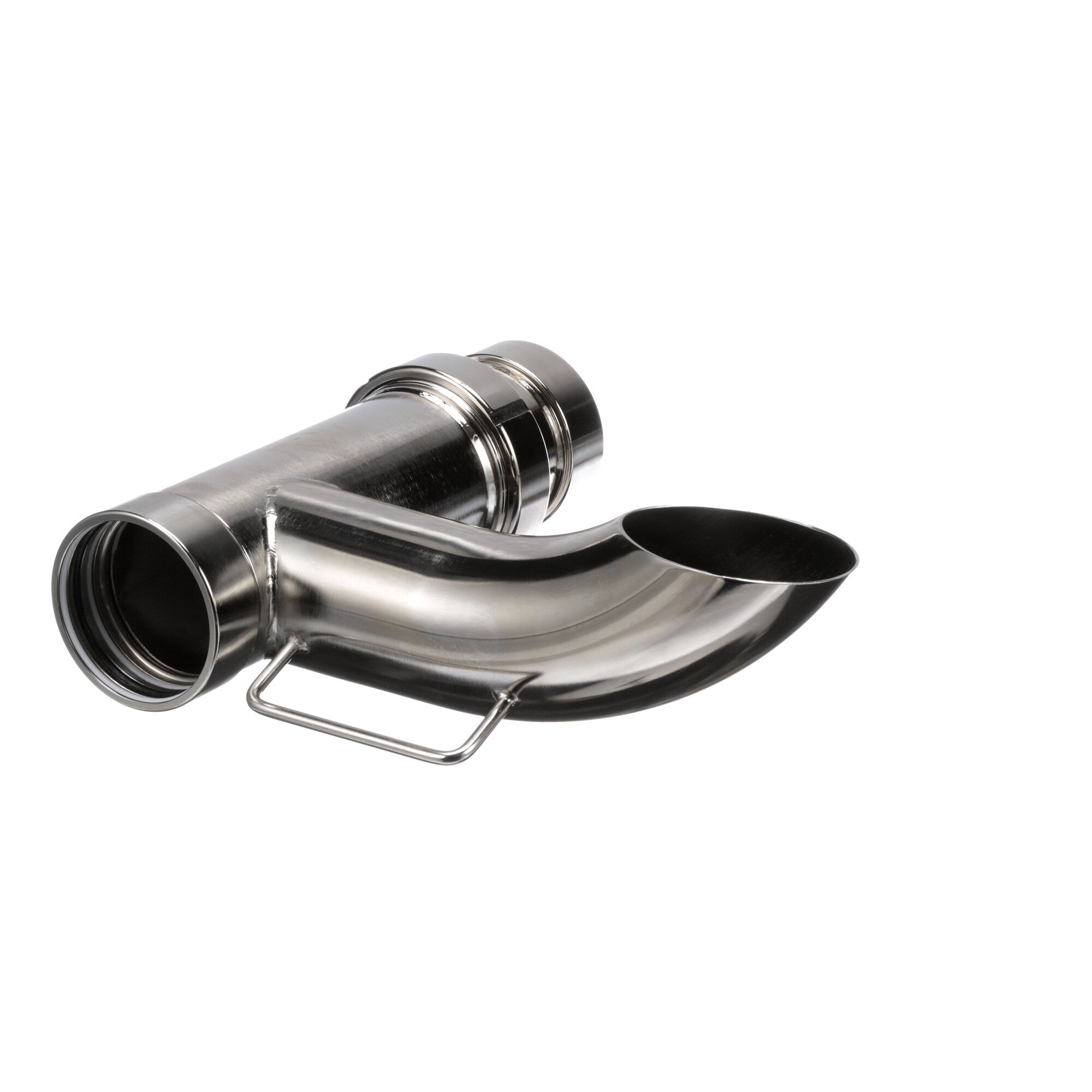
Homeowners want to make sure their downspouts aren't in the way, and they don't want the downspout to be visible in a manner that could make the whole façade look bad. In some cases, the building's layout makes it harder to adhere to the plan. Another factor is the length of your gutter. There are a number of factors to consider when defining the placement of your downspouts. On the other end, you have extensions soldered to the downspout's bottom elbow that will drain all the water away from your home, usually to the city's main storm drains. They are attached to the ends of the gutters and run vertically from the roof's edge to the sides of the building. It also stops spills and water from dripping down your roof and soaking anyone who might be walking below the house.ĭownspouts are easy to spot. This way, you prevent the formation of pools of water around your foundations and on your property's soil.

Basically, the gutters will lead all the water that rolls down your roof (either through rainfall, snow, or condensation) towards the downspouts. What's the Purpose of Having Gutter Downspouts?ĭownspouts are at the heart of a home's outer drainage system. Your gutter's performance will be affected by the location and conditions of your downspout, which is why downspouts are seen as an extension of the gutter itself. One of them is figuring out the best placement for gutters and downspouts to guarantee you end goal: redirecting rainwater to a safe area, away from your property and its foundations.

There are many details going into the Rain Gutter Installation process.


 0 kommentar(er)
0 kommentar(er)
